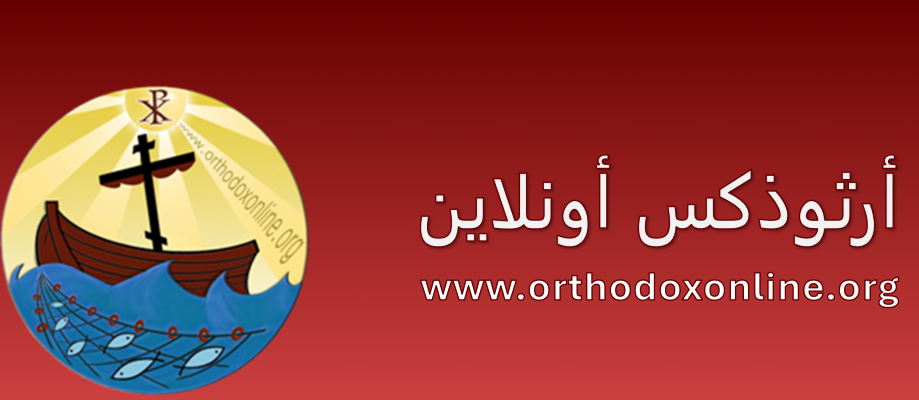The cover of the sacred vessels or the veil that the priest places on his shoulders during the procession of the offerings. It is usually made of embroidered cloth and is placed over the chalice and paten when they are on the altar or on the table. The primary function of the cover is to protect the vessels from dust and insects. Over time, the veil has come to symbolize the presence of angels among us during the Divine Liturgy. “O representatives of the Cherubim, secretly…” that the singers sing during the Great Entrance refers to the faithful participating in the Liturgy. The priest carries the veil on his shoulders during the Great Entrance or the procession of the offerings to transfer them from the altar to the table and cover the vessels with it, although each of the chalice and paten has its own cover made of cloth in our country and metal in other countries.
The origin of this cover goes back to the shape of the table in ancient churches before the iconostasis. There was a dome above the table with curtains hanging around it reaching the ground. The curtains were raised during the catechumenate Mass and lowered during the essential speech. When the iconostasis was found, the curtains moved to its doors and the table became exposed with the dome remaining above it. From here arose the need for a cover to protect the chalice and the paten.
In the past, when the priest would announce during the Mass, “The doors, the doors…,” the deacons would quickly close the outer doors of the church after making sure that the catechumens, i.e. those who had not yet been baptized, had left and were not entitled to receive communion. At the same time, the curtains of the table would be lowered and the priests would be hidden behind them, while they were bowing, during the essential speech. This is how the words of St. John Chrysostom are understood: “When the curtains are lowered, the heavens are opened.” Today, during the recitation of the Creed, the priest moves the curtain over the gifts, and when the bishop serves the Mass, the priests move the curtain over his head.
In ancient writings we find that the veil is sometimes called the “heavenly covering” because it is part of the curtains of the dome of the table that symbolizes heaven, or the “shroud” because it symbolizes the shrouds of the Lord, or the “stone” in reference to the rock that was rolled over the door of the tomb.
It remains to be said that the veil has another use, as it is used to cover the face of the dead priest, as if the priest who served the offerings had become an offering presented to God.
From my parish bulletin 1998


